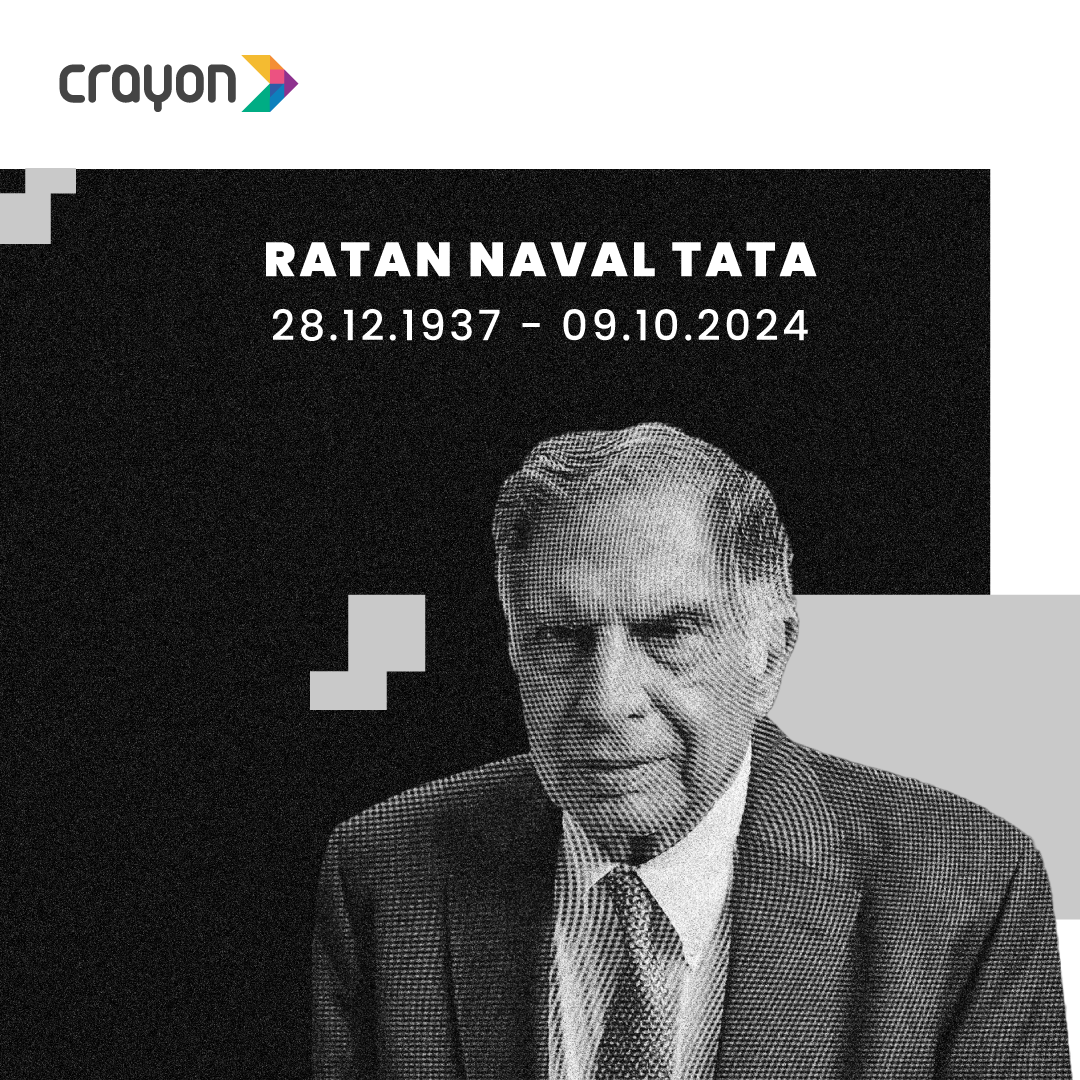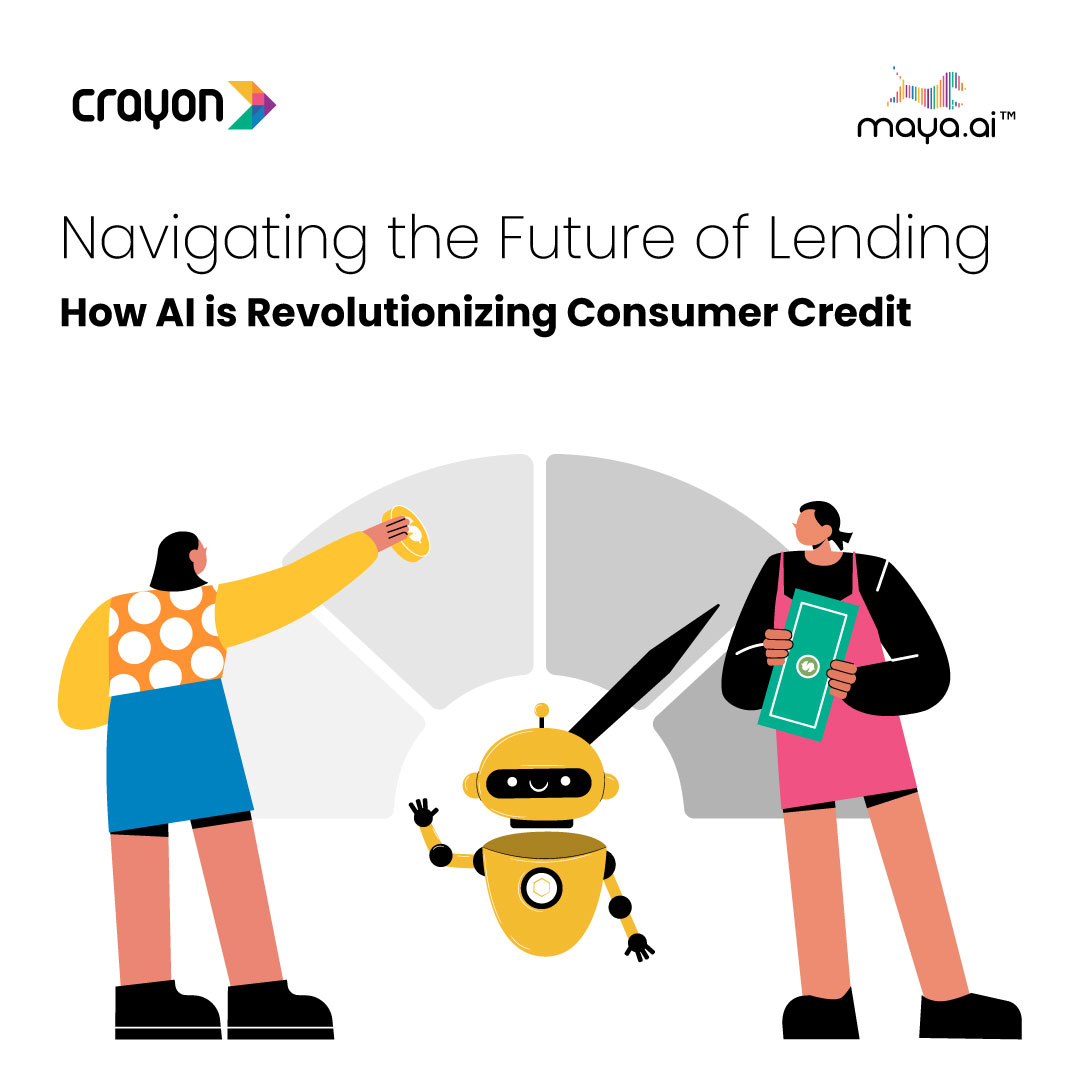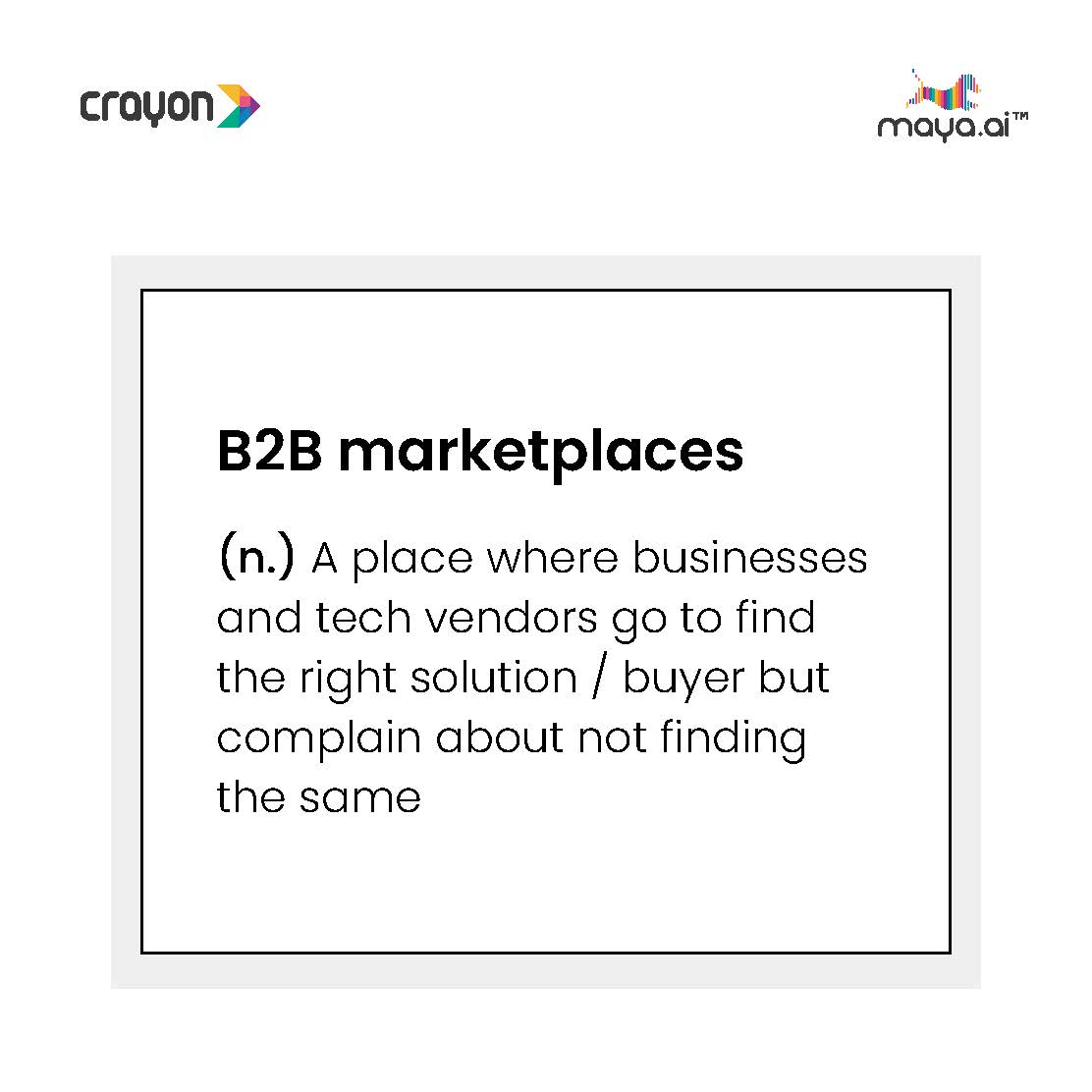
Imagine dropping millions of dollars on an enterprise solution only to find out that it really doesn’t solve the problem. That’s the risk businesses face, especially when it comes to tech products. Most often, there’s no comprehensive way to test the fit before deployment. Intuition often wins out over tried and tested data. But more on that later.
In addition, tech purchases can be notoriously long-winded and involve multiple conversations with various stakeholders on both sides. This needs to change. A 2021 study found that 60% of B2B tech buyers and decision makers are millennials who want a low/no-contact, fully digital experience all the way through the sales funnel.
With such challenges in tech distribution, vendors and buyers are constantly looking for better ways to sell and shop solutions.
B2B marketplaces are the most popular option. It’s all about making a convoluted space look like a carnival. Scroll through lists of vendors, check out their offerings, compare capabilities of multiple products, and so on. As fun as it looks, it comes with its own set of challenges. At the end of the day, vendors and visitors are exhausted, there’s waste everywhere, multiple fixes to attend to…
Which is why whether enterprises are launching a new B2B tech marketplace or optimizing an existing one, the aim is to create a seamless buying experience. And for that, the root cause of the issue must be addressed: intuition-led buying vs data-led buying.
Today, the data-driven approach is winning out over all others. This is how Netflix could engineer winning moments with shows like House of Cards; they bought two seasons for a jaw-dropping $100 Mn. The streaming platform analyzed over 30 Mn plays a day, 4 Mn subscriber ratings, and 3 Mn searches to back this play.
They found an overlap between those who watched the 1990 original series, those who watched Kevin Spacey movies, and those who watched films directed by David Fincher. Netflix combined the three sets. The result: A survey discovered that 86% of people were less likely to cancel their subscription after watching this series. Multiple millions of dollars, Golden Globes, and Emmys later, they were proven right.
With such trends, across industries, it’s “budget no bar” when it comes to solutions that support data-led decision making. Research by IDC suggests that global spending on big data stood at USD 215 Bn in 2021, 10% more than the previous year.
Despite the willingness to spend, more challenges remain when it comes to execution. In a 2019 survey, CEOs were asked what prevented them from using data to make informed decisions. 54% said there was a lack of data-driven skills and analytical talent. Additionally, 51% blamed data silos and 50% pointed fingers at unreliable data. In a post-pandemic scenario, however, things are changing.
In an ideal world…
A B2B buyer should be able to see something beyond demos and presentations. They should be able to experience the product or platform. For instance, a sandbox ecosystem where they can test the suitability of the tech. Using real data sets in a controlled environment to check the relevance of the insights generated.
A B2B tech vendor’s advertisements and launches should be in front of relevant clients who’re looking for similar products / services. A fintech enterprise’s marketing budget should not get wasted on clients looking for travel recommendations. The spray-and-pray technique is detrimental to the time and budget spent.
A marketplace should be able to cater to both without compromise on either side.
Ideally, an intuitive marketplace must have four capabilities that create a seamless selling and purchasing experience:
1. Find:
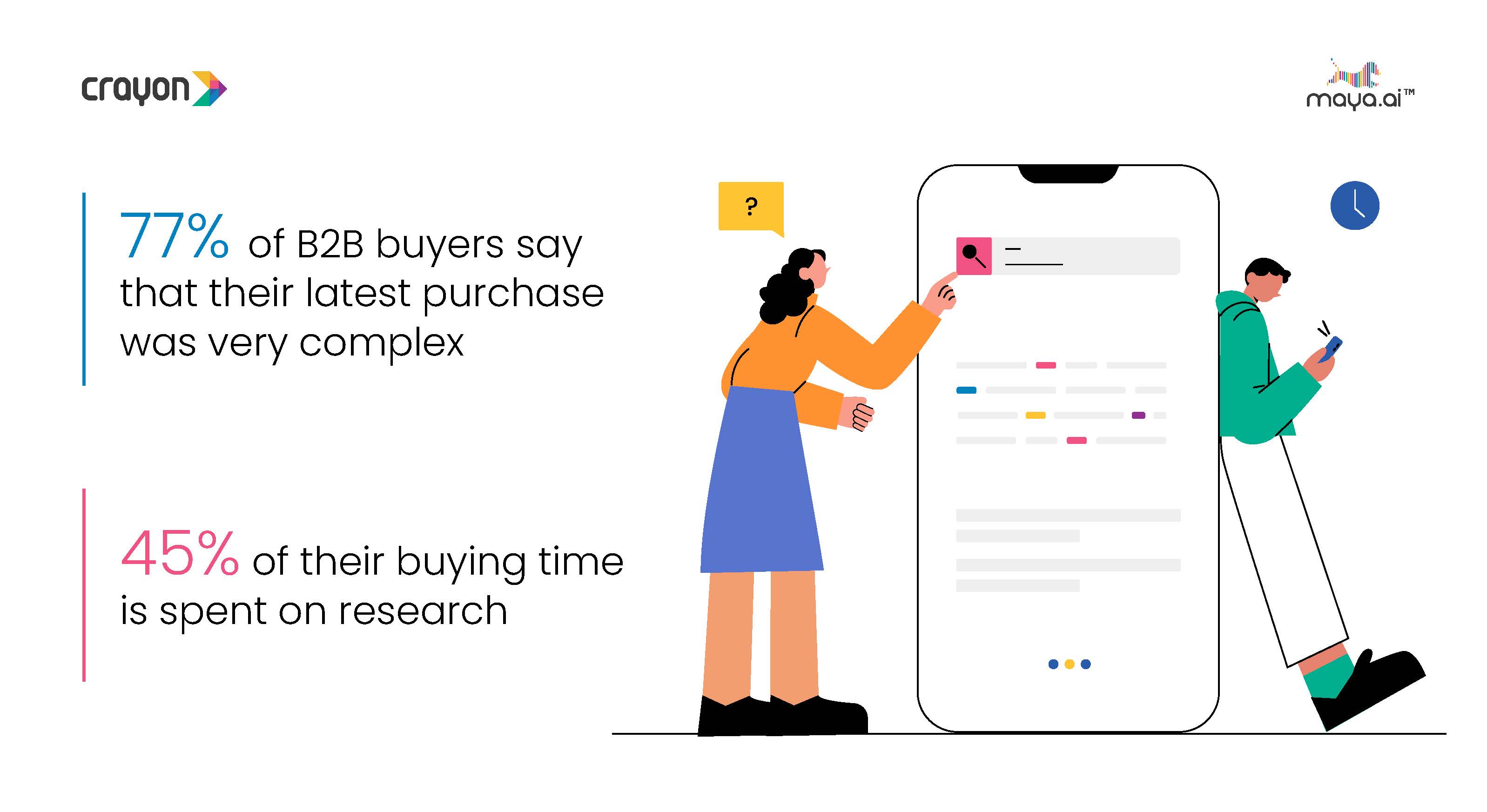
Tech buyers with limited time don’t want to navigate multiple pages. That’s a sure-fire way to lose their business. While they would love to explore thousands of cognitive solutions, they are more likely to opt for marketplaces that offer a personalized experience.
Using AI and ML models that can suggest relevant tech vendors and solutions can be a game-changer. Especially if it is categorized by industry and vertical/function. The ideal: an intuitive UX that makes discovering solutions easy as 1-2-3.
2. Try:
‘Semi’ is the most obsolete term of the decade. A platform with mere capabilities just doesn’t cut it anymore. Buyers and vendors want everything from data samples to legalities to technology in one place.
The effect of procrastination on a purchase decision is simply too large to ignore. B2B buyers spend only around 5-6% of their time speaking with sales teams. Therefore, the opportunity to influence quick purchases is very slim.
A 2020 report by Clutch revealed that more than half of the enterprises surveyed spend at least one month researching and evaluating business services (52%) and software (51%).
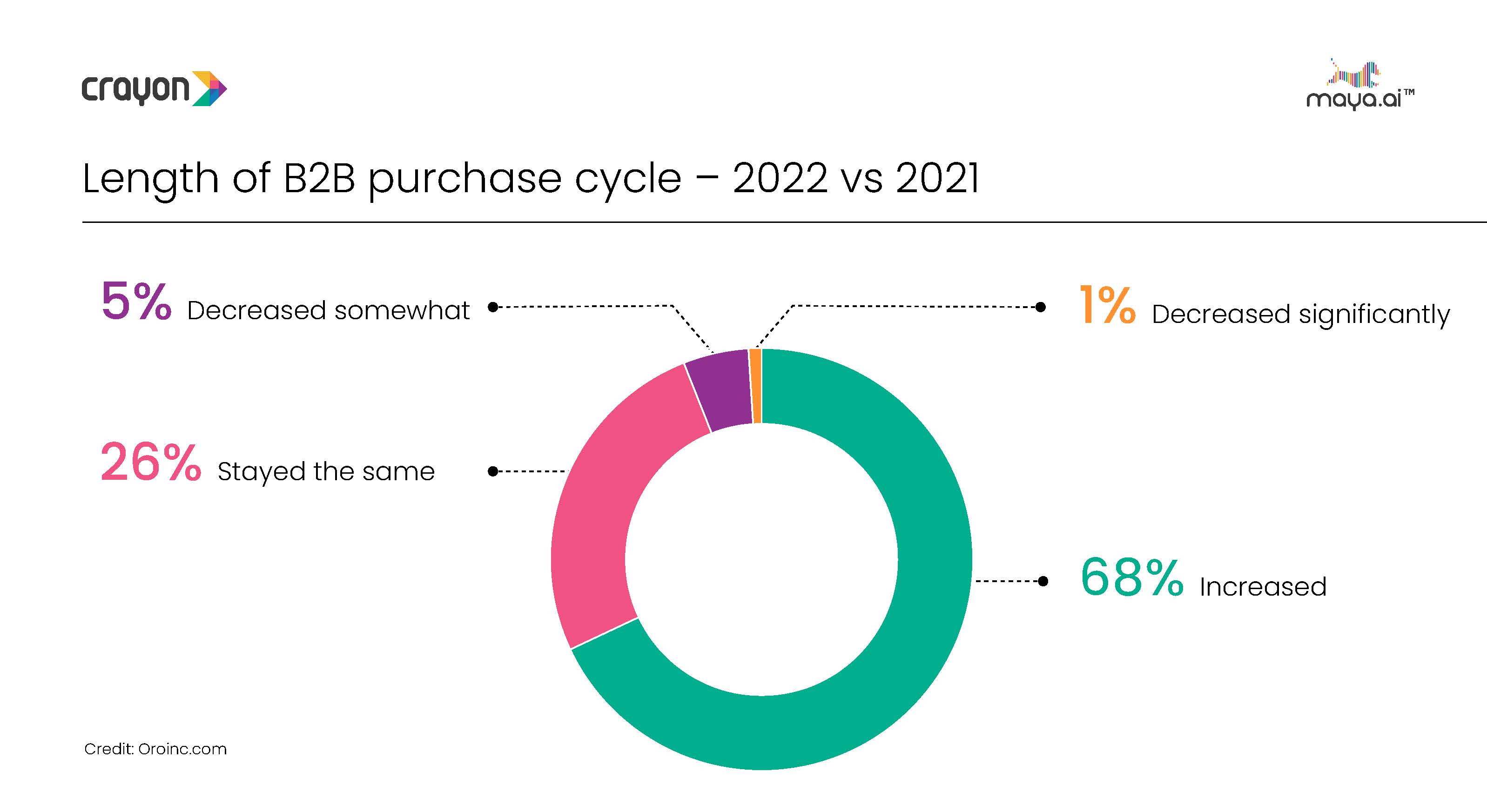
A platform with pre-integrated data and authorized usage of bank data in a sandbox setting helps the buyer/vendor see insights and ROI instantly. This will keep the customer’s attention. When a powerfully simple tech is set in an environment with easy one-time vendor registration, you know that you have hit the sweet spot.
3. Buy:
Making a tech purchase is half money, half formalities. Either rigid pricing or a laborious contract process is enough to put out the buyer’s zeal.
A platform should have 3 features for a smooth buying process
- Innovative pricing
- Infosec clearances
- Ready contracting
Just the last one can shorten the sales funnel timeline drastically. Add the other two, and it’s a win-win-win all around.
4. Deploy:
While the above qualities take care of acquisition, how you deploy your solution will be the litmus test for buyer / vendor retention. Projects getting delayed by login or registration issues is a cliche. So, simple integration and smooth onboarding could work in favor of the marketplace.
A dedicated team to assist with integration, compliance and data, availability of professional services work wonders in developing brand stickiness. That said, a marketplace must also ensure ample assistance with a dedicated and accessible support team.
All this makes keeping up with technology sound simple. Ultimately, it all boils down to a capable product coupled with a no-nonsense interface.
When keeping up with technology features a hassle-free experience and dynamic potential to drive business forward, the answer is always ‘Yes’.
Crayon Data’s AI-led platform, maya.ai, is the ideal solution to make B2B exchanges as straightforward as B2C exchanges. It offers end-to-end solutions with a construct composed of four modules, which can be deployed in any order necessary:
- Data-as-a-Service
- Marketplace-as-a-Service
- Recommendation-as-a-Service
- Customer experience-as-a-Service
Whether it is about launching a marketplace or accelerating an existing marketplace, do so with ease.
Speak to our AI experts to try out maya.ai, and accelerate your revenue flywheel from day one.

